Before the Curse
BEFORE THE CURSE
THE CHICAGO CUBS GLORY YEARS
1870 1945
Edited by Randy Roberts
& Carson Cunningham

2012 by the Board of Trustees
of the University of Illinois
All rights reserved
Manufactured in the United States of America
P 5 4 3 2 1
 This book is printed on acid-free paper.
This book is printed on acid-free paper.
A portion of chapter 4 is reprinted from David L. Porter, Cap Anson of Marshalltown: Baseballs First Superstar, Palimpsest 61:4 (1980). Copyright 1995 State Historical Society of Iowa. Used with permission of the publisher.
A portion of chapter 5 is reprinted from James A. Cox, When Fans Roared Slide, Kelly, Slide! at the Old Ballgame, Smithsonian 13:7, 1982, pp 12031.
Three-Fingered Immortal reprinted with permission, copyright SPORT Gallery Inc.
George Monteiro, Grover Cleveland Alexander in 1918: A New Kansas City Piece by Ernest Hemingway, in American Literature 54:1, pp 11618. Copyright 1982 Duke University Press. All rights reserved. Used by permission of the publisher.
Ronald Reagan: Above All, the Gipper was a Good Sport, McClatchy-Tribune Information Services. All rights reserved. Reprinted with permission.
Wrigley Spent Fortune to Make Cubs Champs, Hack Wilson Fined $100, MCarthy Likely To Go; Hornsby Rumored for Job, All World Thrilled By Big Series, and Back Cubs with Heavy Betting reprinted courtesy of Sun-Times Media.
Busher Joe McCarthy reprinted from The Saturday Evening Post magazine 1939. Saturday Evening Post Society. Text by Joe Williams.
Gabby Likes Em Hot reprinted from The Saturday Evening Post magazine 1939. Saturday Evening Post Society. Text by Warren Brown.
The Decline and Fall of the Cubs reprinted from The Saturday Evening Post magazine 1943. Saturday Evening Post Society. Text by Stanley Frank.
Home Runs by Ruth, Gehrig Beat Cubs 75 from Chicago Tribune. 1932 Chicago Tribune. All rights reserved. Used by permission and protected by the Copyright Laws of the United States. The printing, copying, redistribution, or retransmission of the material without express written permission is prohibited.
Well-Spent Dime The Courier-Journal.
Library of Congress Cataloging-in-Publication Data
Before the curse : the Chicago Cubs glory years, 18701945 / edited by Randy Roberts and Carson Cunningham.
p. cm.
ISBN 978-0-252-07816-3 (pbk.)
1. Chicago Cubs (Baseball team)History. I. Roberts, Randy. II. Cunningham, Carson.
GV875.C6B44 2012
796.357'640977311dc23 2011018433
To the bleacher bums and box-seat suits
and all the rest of the Chicago Cubs fans past and present.
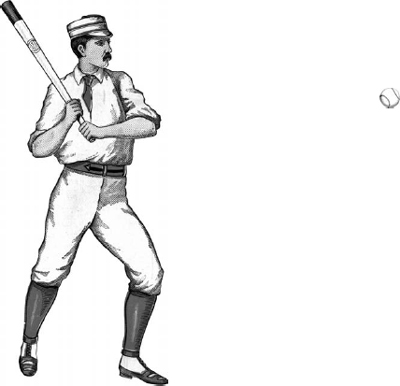

Contents
INTRODUCTION.
The Chicago Cubs: From Early Excellence to the Golden Age to That Darn Goat
Acknowledgments
The vintage articles found in Before the Curse come from a wide array of sources: the Chicago Times,Outing magazine, the Chicago Tribune, the Saturday Evening Post, and the Spalding Guidebook to name a few. Were grateful to all of the periodicals and authors who have agreed to share their work with us here.
Every baseball fan at some point thinks about visiting Cooperstown. We had the good fortune of doing so for this book, and the nostalgic feel of both the town and its celebrated National Baseball Hall of Fame put us in the right mood to work on Before the Curse. It also helped that the Hall of Fame has a world-class library, which we drew upon heavily. Thank you to Cooperstown and to the National Baseball Hall of Fame.
We also benefited from the Chicago History Museums archives, especially its impressive collection of old-school Chicago Cubs photographs, and the fine libraries of DePaul University and the University of Chicago. Thank you all.
For decades now, the University of Illinois Press has supported the game of baseball and its illustrious past. Before the Curse is yet another example of its commitment to the national pastime. So we offer a big thank you to the University of Illinois Press and to its editorial maestros who helped this book come alive, director Willis Regier and senior editor Tad Ringo.
Most of all, wed like to thank the fans of the Chicago Cubs, as well as the teams players, managers, and owners of years past and present, for making the franchise one of the worlds most storied professional teams.
The Chicago Cubs: From Early Excellence to the Golden Age to That Darn Goat
The Chicago Cubs were a team to be reckoned with back when Teddy Roosevelt was President of the United States, and they continued to be the club to beat during the early administration of William Howard Taft. They forged a golden age for the record books, providing their fans with enough stories to keep them warm during many a cold Chicago winter night.
But heres the problem with golden ages: everything afterward savors of anticlimax. This is particularly true when the golden age took place in the distant past. You dont have to go back to the Greeks and Romans, either. Spain was on top of the world in the sixteenth century. The Dutch could buy and sell just about anyone in the seventeenth century. The French had a Sun King in the seventeenth century and gave England a good game in the eighteenth century. Great Britain ruled the waves in the nineteenth century. The United States, in a fit of wisdom, saved its best for more recent times. Sadly, the Chicago Cubs took their cue more from Spain than America. In four generations of baseball history, the Cubs have been accused of many things, but never of saving the best for last. Not yet, anyway. Quite the opposite, they burned like a comet during their first generation and then promptly and unceremoniously fell to earth.
Back in the Golden Age, at the birth of the Cubs, baseball looked different than it does today. It was like a child, changing and maturing by the year, and it was difficult for anyone living though the games awkward, gawky stage to predict what it would look like when it grew up. Baseball during the 1870s and part of the 1880s resembled fast-pitch softball. The pitcher employed a stiff-armed, underhanded delivery from forty-five feet away from the batter. The ball the pitcher tossed was soft and loosely wound, and the batter could not hit it very far, but he did have the right to request high or low pitches, and his batting average was bolstered by the fact that until the 1880s few fielders wore gloves. To make matters even more complicated, the number of balls it took to walk a batter varied over the years. In some years a walk required nine balls. The game, then, featured short hits, frequent errors, and high scores.
In the later 1880s and 1890s, the sports teenage years, baseball began to more closely resemble its adult form. After changing the number of balls that constituted a walk seemingly every year, for the 1889 season the rules committee settled on four, a number that both seemed fair and speeded up the game. Pitchers won the right to throw overhand and batters lost the right to request high or low pitches, though perhaps as a humanitarian concession for a few years batters were permitted to use a flat, cricket-like bat. Gloves arrived en masse, errors dipped to respectable levels, and many of the refinements of the modern game took shape. It became a game for Americans on the make, a game novelist Mark Twain described as the very symbol, the outward visible expression, of the drive and push and rush and struggle of the living, tearing, booming nineteenth [century]. Gone were the trappings of the mid-century gentlemans game, replaced by the swell of immigrant players, crush of rowdy fans, smell of stale beer, and bloody-nose fights for pennants.

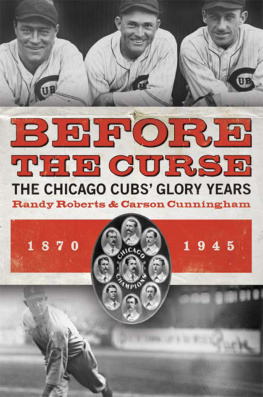
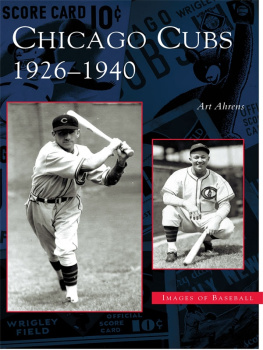
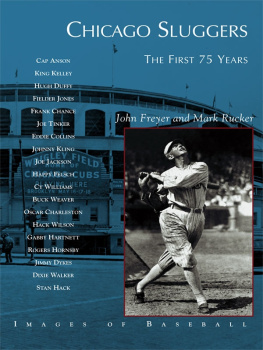
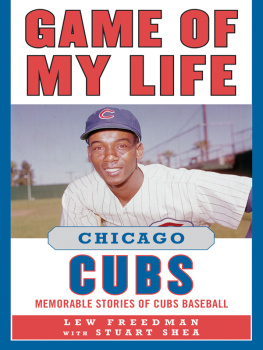
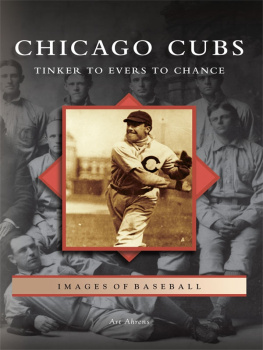

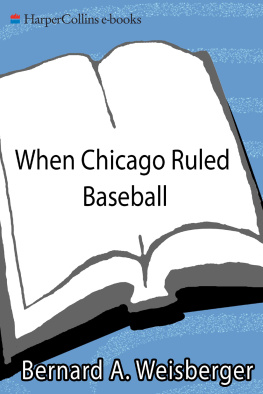
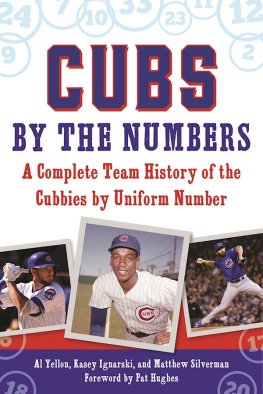
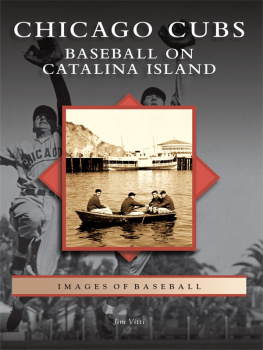


 This book is printed on acid-free paper.
This book is printed on acid-free paper.
